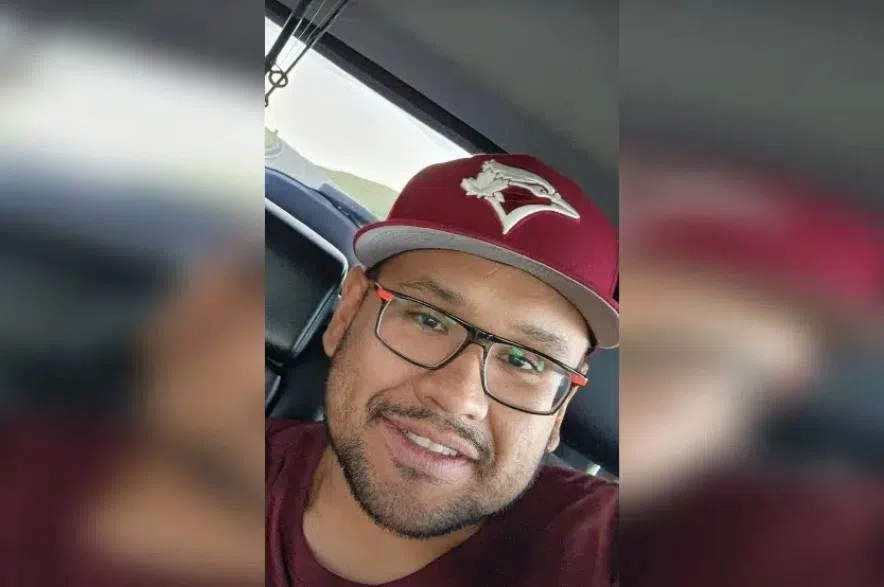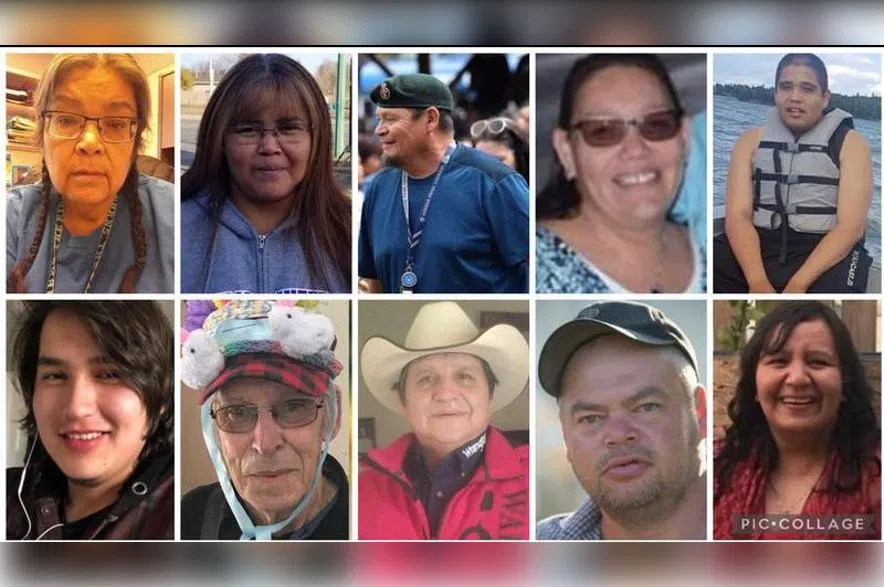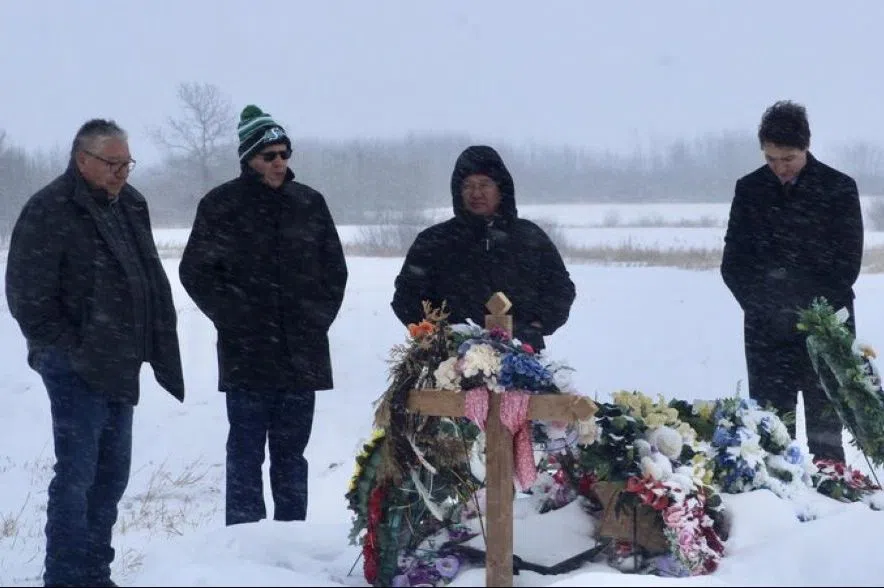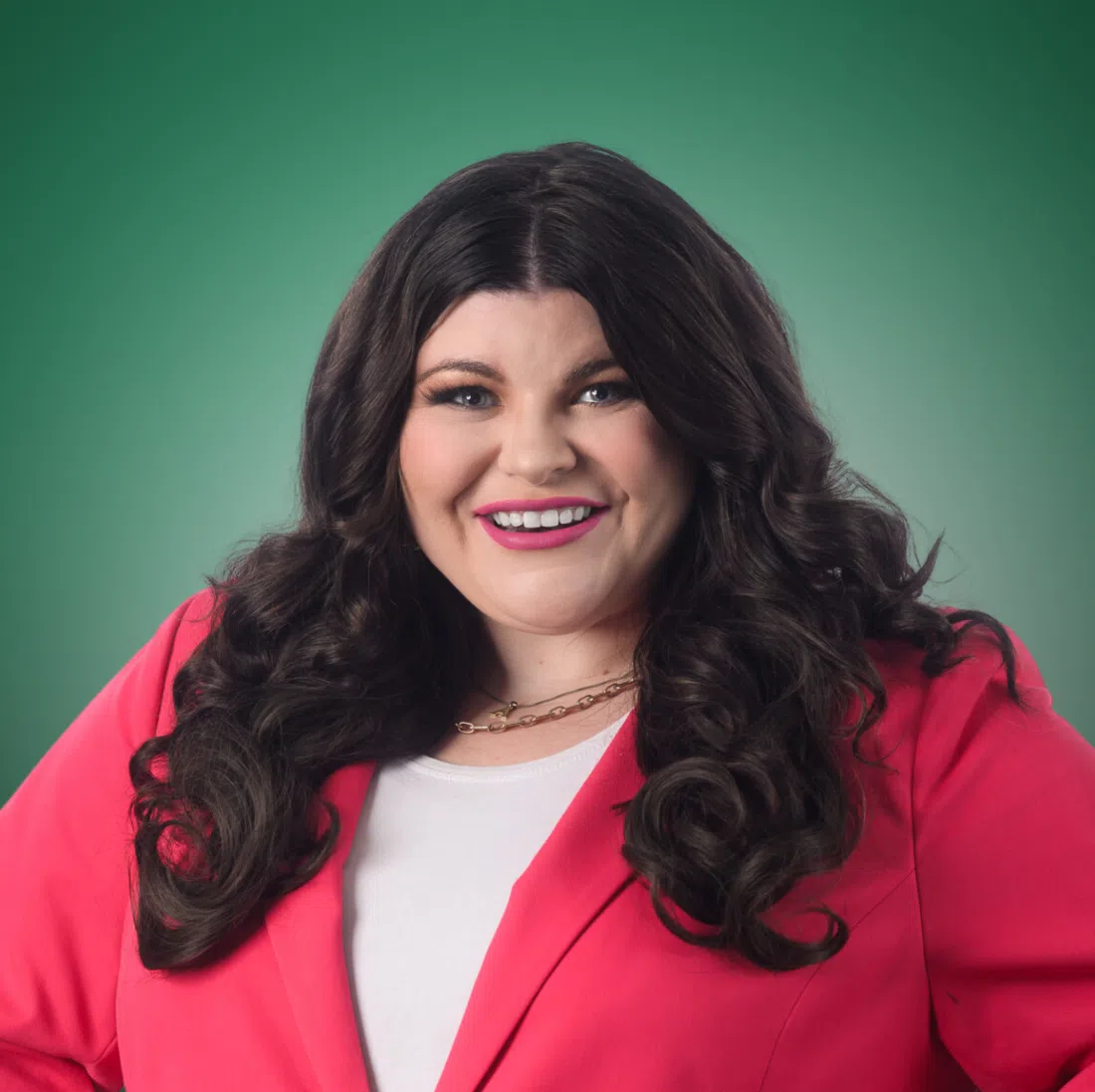An inquest examining the circumstances surrounding a mass stabbing spree on James Smith Cree Nation and Weldon begins in Melfort on Monday.
On Sept. 4, 2022, Myles Sanderson went on a killing rampage, fatally stabbing 11 people, resulting in one of Canada’s most deadly random attacks.
The purpose of an inquest, a hearing that is not legally binding, is to present evidence to a jury tasked with making recommendations to prevent similar tragedies from occurring.
Senior Reporter Lisa Schick, who will attend the inquest for the next two and a half weeks, prepared a list of what the public can expect from the process.
1. Saskatchewan’s Chief Coroner Clive Weighill decided to call this inquest
Weighill, who has the authority to call a discretionary inquest, said with Myles Sanderson dead, this was the best avenue to inform the public about what happened.
“The crux of this is to honour those people who passed away and to have their story told, and then try to prevent it into the future,” he said.
After 16 months of preparations, Weighill said “it’s been a really big undertaking for our service.”

“Without a public hearing of the facts, it will leave many questions unanswered from the families involved and the public pertaining to the circumstances leading to the deaths,” said Weighill in September 2022.
2. This inquest won’t examine Myles Sanderson’s death.
Since Myles Sanderson died in police custody, the Coroner’s Act dictates an inquest must take place. But this separate hearing will start on Feb. 26 in Saskatoon.
“We wanted to make sure that we would get the large inquest done first because that will be the bulk of the information, and we won’t have to replicate that again for Mr. Sanderson’s inquest,” explained Weighill.

RCMP officers captured Myles Sanderson south of Rosthern on Sept. 7, 2022, but he died from medical distress shortly after his arrest. (RCMP/Submitted)
3. A panel of six jurors will hear from 32 witnesses
There will be police and forensic pathologists providing evidence during the inquest, though Weighill said only a few from the affected communities will take the stand.
“We’ve been trying to shield as many as we can to not have to get on the stand and relay the events of the day,” said Weighill.
The inquest is expected to take two and a half weeks, depending on how long witnesses take to tell their stories.

Materials for the inquest took 16 months to prepare, including photos, diagrams, witness statements, and pathology and toxicology results. (Lara Fominoff/650 CKOM)
4. There will be supports to help anyone in emotional distress
A wellness area is available for attendees if evidence or witness statements become triggering.
“It is a very emotional experience, I don’t think anybody from the outside can really comprehend what that community has gone through. So there’s no doubt there are going to be some triggering moments for some of the close relatives of the families,” said Weighill.
He added that a family liaison consultant has been working with the families.

The 10 victims of the mass killing on the James Smith Cree Nation and in Weldon in 2022. The RCMP later revealed that Damien Sanderson, originally a suspect, was also a victim. (RCMP/Submitted)
5. The jury will present recommendations at the end
Originally, Weighill had thought the jury could be made up entirely of Indigenous people, but he said that is no longer the case.
“I’ve been working with the leadership at James Smith and the families, and they’ve requested that it be a mixture, not just all Aboriginal.”
He said he agrees with the decision to bring Indigenous and non-Indigenous worldviews together to make recommendations.












